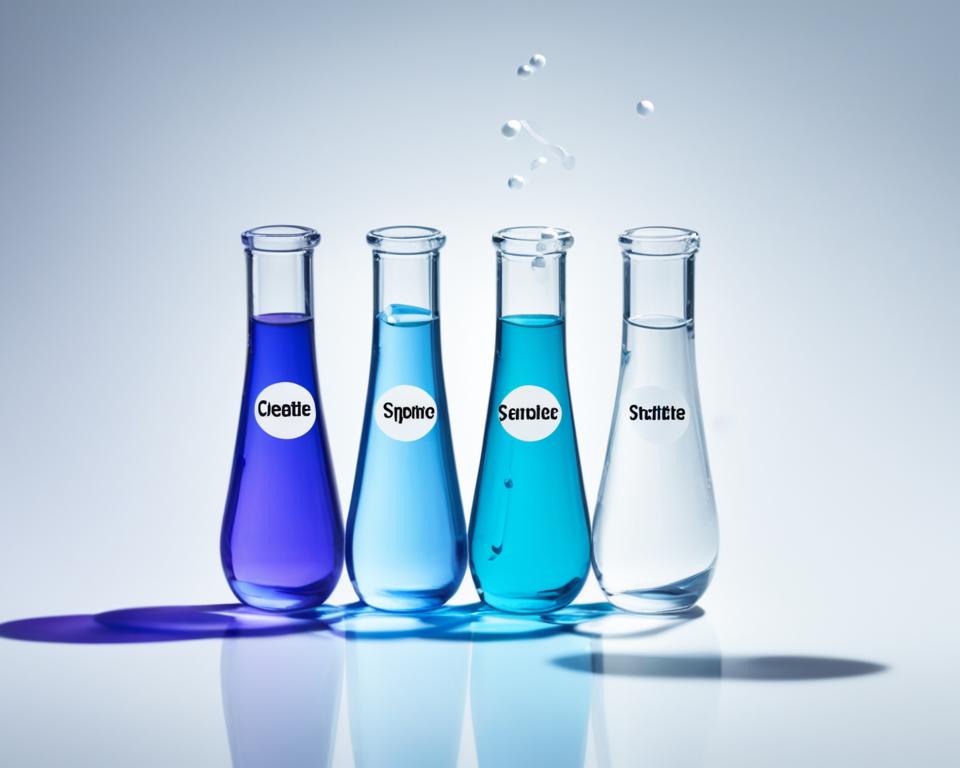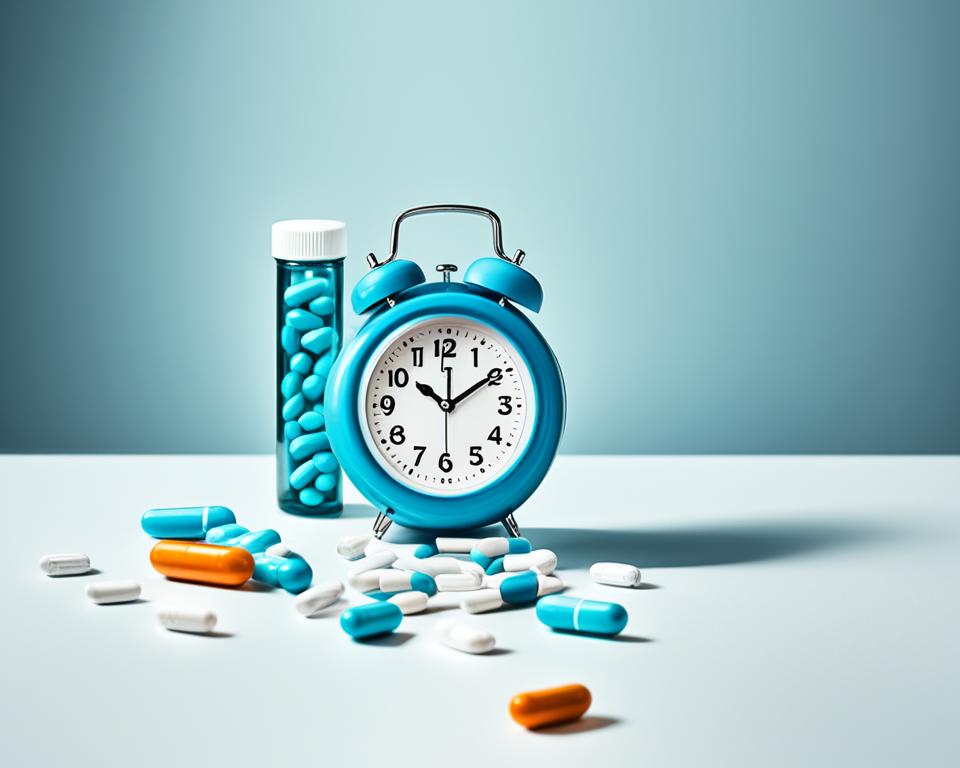Have you ever wondered why your acne treatments always seem to take an eternity to show results? When it comes to tackling hormonal acne, understanding the effectiveness timeline of spironolactone can make a world of difference in your skincare journey.
For most individuals, spironolactone begins to show its benefits within 3 to 6 months, a period marked by gradual but significant improvements in skin clarity. This timeline, referred to as the spironolactone onset of action, can vary between individuals, but consistent results typically appear within this window. Remarkably, about 60 to 65% of women find their acne well-controlled when using this medication.
Studies reveal even more promising statistics: in a study involving 400 women, 93% of those who had never previously treated their acne witnessed a noticeable improvement. Moreover, combining spironolactone with other acne treatments further enhances these results, boasting improvement rates of 87% among women who had undergone prior treatments.
However, patience is key because spironolactone not only needs time to show its full effects but also requires a long-term commitment, often spanning from one to several years, as long as acne persists. Adequate contraception is critical during treatment due to teratogenic risks. Regular dermatological consultations and blood tests, typically scheduled every 6 to 8 weeks initially and later every 4 months, are essential to monitor potassium levels and kidney function.
Embarking on a spironolactone regimen may feel like a lengthy endeavor, but understanding its therapeutic effects duration and anticipating the spironolactone therapy response time can offer a clearer perspective on the journey to clearer skin.
Understanding Spironolactone and Its Uses

Spironolactone is a versatile medication primarily used to tackle conditions triggered by androgens. It is renowned for its efficacy in treating hormonal acne, female pattern hair loss, and excessive body hair. By blocking androgen effects, Spironolactone enables significant improvements, particularly in sensitive individuals and those with conditions like polycystic ovarian syndrome.
What is Spironolactone?
Spironolactone is a potassium-sparing diuretic and an anti-androgen medication. It works by impeding the effect of androgens on various tissues, notably the skin. This action helps manage and treat complaints associated with excess androgens, including hormonal acne and hirsutism. With its unique mode of action, Spironolactone improves skin conditions effectively by altering hormonal dynamics.
Common Uses for Spironolactone
The medication is commonly prescribed for a myriad of androgen-associated conditions. Its significant benefits for hormonal acne stem from its ability to reduce the formation of inflamed nodules, decrease oiliness, and diminish comedone formation. It’s also utilized for treating female pattern hair loss by reducing follicular sensitivity to androgens. Additionally, Spironolactone helps manage hirsutism, or unwanted hair growth, particularly in women diagnosed with polycystic ovarian syndrome or other hormonal disorders.
Benefits of Spironolactone for Acne
For those suffering from hormonal acne, Spironolactone can be a game-changer. Approximately 60 to 65% of women with hormonal acne find substantial relief with this medication. Studies indicate that 93% of women who had never been treated before and 87% of those previously on acne treatments experience improvement. The spironolactone improvement period, however, varies, with acne improvement becoming noticeable typically within 3 to 6 months of consistent use. The medication’s therapeutic effects also extend to reducing the severity of acne flares and controlling skin oiliness, ensuring a holistic approach to acne management. Yet, the use of Spironolactone requires regular evaluations to manage dosage and potential side effects.
How Long Does It Take for Spironolactone to Work for Acne?

Understanding the spironolactone dosage effects timeframe is essential for managing expectations during treatment. Typically, spironolactone medication duration ranges from a few weeks to six months for its full effects to manifest. In studies, improvement in acne is generally observed within 3 to 6 months. Some users notice a reduction in oiliness and breakouts within a few weeks, but for others, the spironolactone response time might extend over several months.
Initial dosages usually start at 25-100mg per day and are then adjusted based on individual response. Commitment to a consistent daily intake and follow-up appointments is crucial to achieving optimal results. It has been noted that around 60-65% of women experience control over hormonal acne with spironolactone. Additionally, complementing spironolactone with oral contraceptives has shown enhanced efficacy, effectively improving skin conditions in many women.
Spironolactone typically shows a decrease in breakouts and oiliness in a few weeks. However, seeing the best results might require a steadfast compliance over an extended period. For instance, in a study of 85 women who took spironolactone, researchers found that one-third had complete clearing of acne, another third had noticeably less acne, and only 7% saw no improvement. This highlights the varied spironolactone response time across different individuals.
Factors Affecting the Effectiveness of Spironolactone
The effectiveness of spironolactone for acne treatment can vary based on several patient-specific factors. One crucial factor is individual hormonal profiles, as hormonal fluctuations can directly affect the drug’s efficacy. Additionally, concurrent use of other acne treatments may enhance or detract from spironolactone’s impact. Studies have shown that spironolactone begins to show initial effectiveness within several weeks, with full effects potentially taking up to five months to manifest.
Adherence to prescribed treatment regimens is another significant consideration. Healthcare providers may start patients on lower doses, sometimes as low as 25 milligrams, and gradually increase to an effective dosage ranging between 50 to 200 milligrams daily. For achieving the best results, consistency in taking spironolactone at the same times daily and following dermatologist’s recommendations plays a pivotal role.
Patient age and overall health, particularly kidney function, also affect spironolactone’s effectiveness and safety. As this medication can lead to potential potassium build-up, monitoring potassium levels and possibly following a low-potassium diet, especially in older patients or those with kidney concerns, is vital. Regular dermatological assessments and periodic blood tests to check kidney function and potassium levels can significantly influence the duration and success of the treatment.
Ultimately, spironolactone’s impact depends on a personalized approach, taking into account all these distinct factors. Balancing proper dosage, consistent use, and regular medical supervision forms the foundation for an effective hormonal acne therapy tailored to your unique needs
FAQs
How long does it take for Spironolactone to work for acne?
Spironolactone typically shows improvement in acne within 3 to 6 months. However, some users may notice a reduction in oiliness and breakouts within a few weeks. Consistent daily intake and adherence to the treatment regimen are crucial for optimal results.
What is Spironolactone?
Spironolactone is a medication that addresses conditions caused by androgens, showing benefits for hormonal acne, female pattern hair loss, and excessive body hair. It works by blocking androgen effects on the skin.
How does Spironolactone improve acne?
Spironolactone helps by reducing inflamed nodules, improving oily skin, and diminishing the formation of comedones. It’s particularly effective for hormonal acne often associated with conditions like polycystic ovarian syndrome.
What is the onset of action for Spironolactone?
The onset of action for Spironolactone can range from a few weeks to 6 months to fully appreciate the effects. The timeline can vary based on individual hormonal profiles and other factors.
How long should I use Spironolactone for acne treatment?
You should use Spironolactone as long as acne persists, which can often range from one to several years. Regular consultations with your healthcare provider are necessary to monitor progress and make any necessary adjustments.
Are there any side effects of using Spironolactone?
Some common side effects include menstrual irregularities and increased urination. It’s also necessary to have regular blood tests to monitor potassium levels and kidney function.
What factors can affect the effectiveness of Spironolactone?
The effectiveness can be influenced by individual hormonal profiles, usage of concurrent acne treatments, age, adherence to the treatment regimen, and dietary habits. Regular dermatological assessments and blood tests are essential.
Is it necessary to take Spironolactone with other acne treatments?
Combining Spironolactone with other acne treatments can enhance its effectiveness. Studies indicate a significant improvement in acne control when Spironolactone is used alongside other treatments.
Can I use Spironolactone if I have kidney concerns?
If you have kidney concerns, it’s crucial to discuss them with your healthcare provider. Regular blood tests to monitor kidney function and potassium levels are essential during treatment.
Do I need to follow any specific dietary restrictions while on Spironolactone?
Since Spironolactone can increase potassium levels, following a low-potassium diet might be necessary, particularly if you are older or have kidney concerns. Consult with your healthcare provider for personalized dietary advice.
